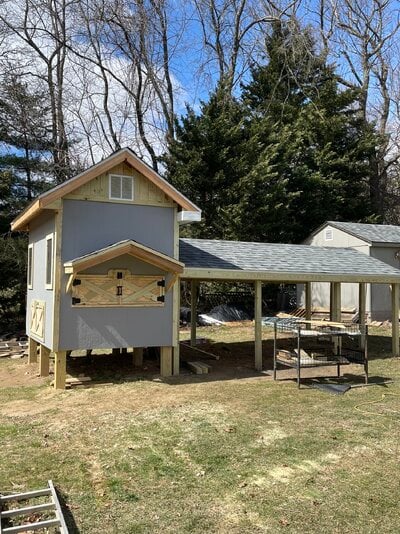Baileybunchx5
Songster
Hi we are building a coop for 10 hens. Orpingtons, Barred rocks, Rhode Island Reds, and speckled Sussex. What height would we want to put the roosts and any other info or pictures you may have would be helpful. How much room do they need to roost? Our coop will be 10x6 with 8 ‘ ceilings. Thank you





